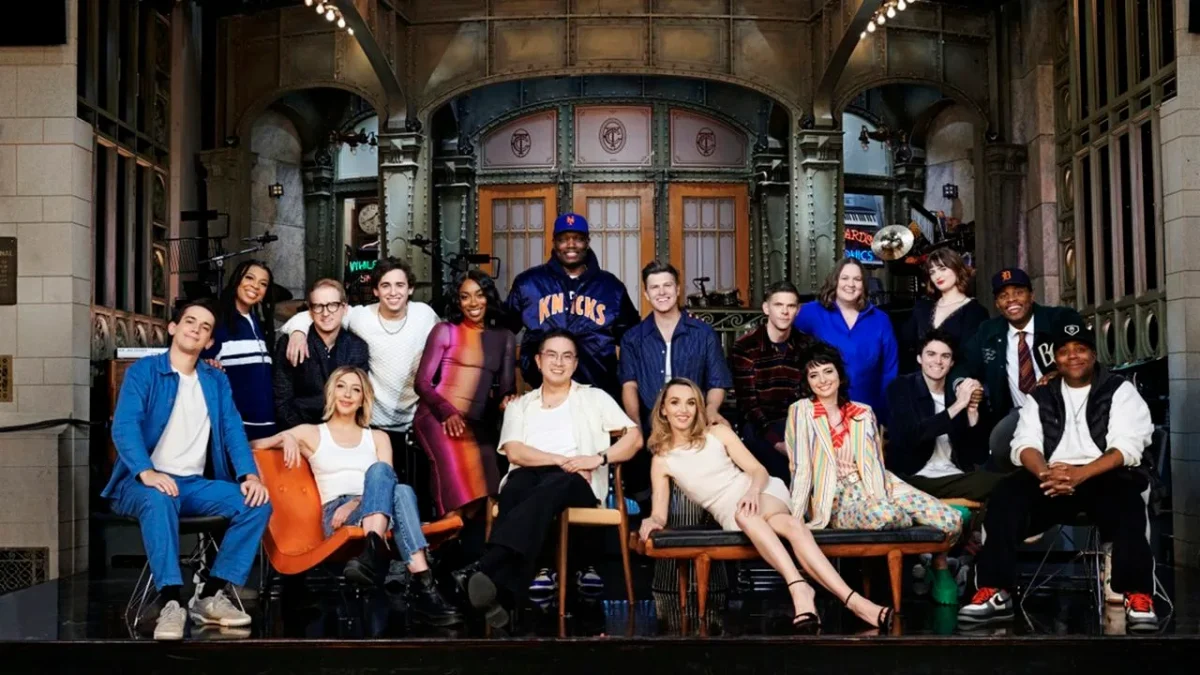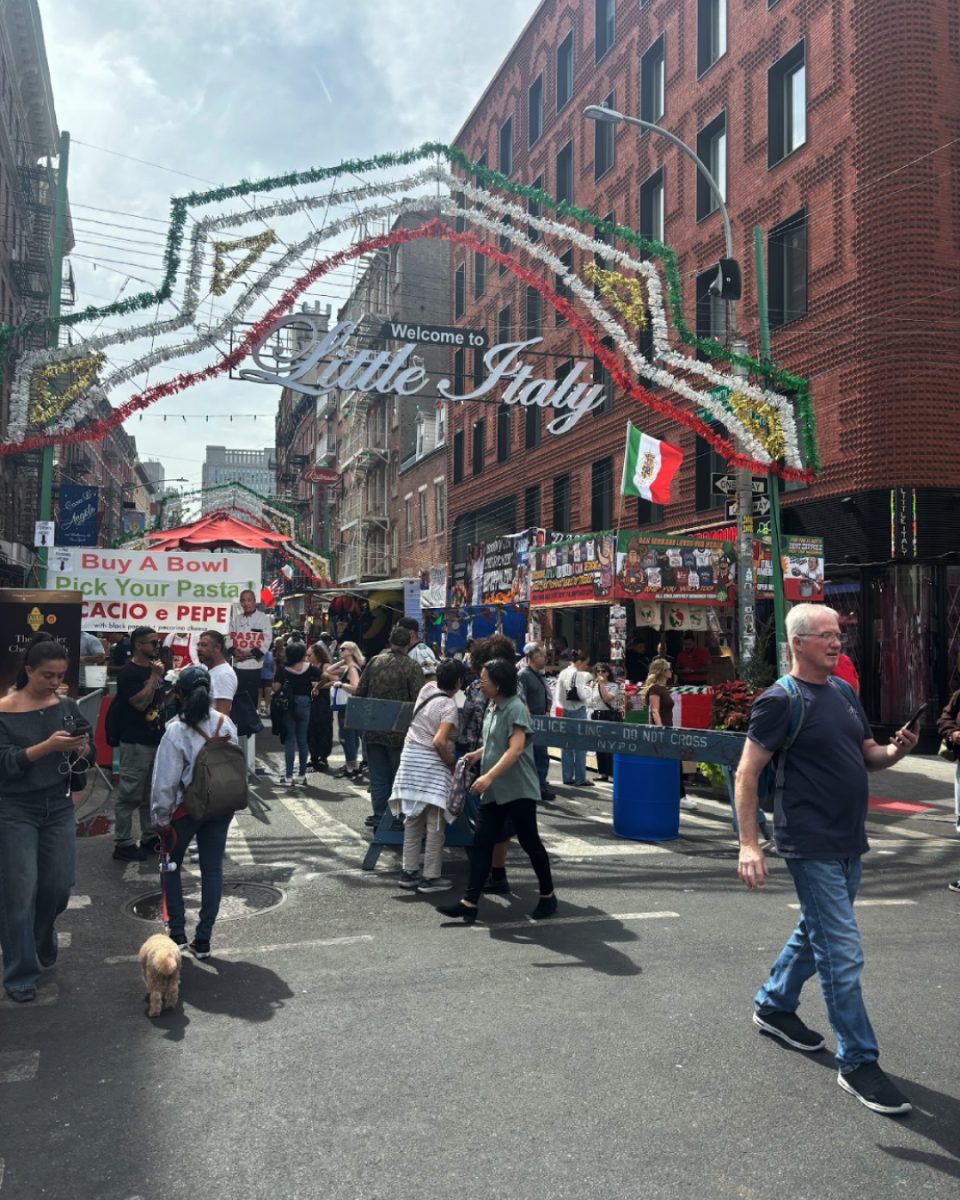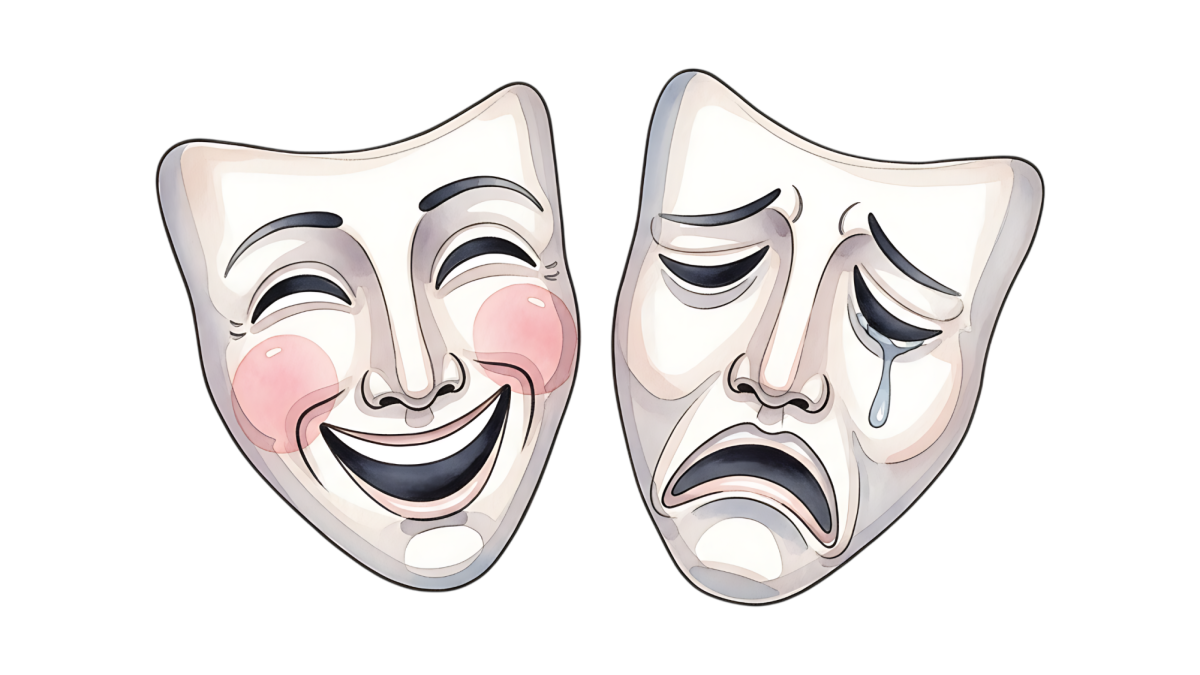Amidst the heat and summer mayhem, the Brooklyn neighborhoods of Bed-Stuy and Bushwick were met with a sudden epidemic of dazed and unconscious people lining the city blocks on July 12. Their minds were influenced by the potent, and illegal, alternative to marijuana known as K2, or “Spice”. A resident of Brooklyn, Bryan Arthur, saw several people in his neighborhood under the influence of the drug and was motivated to then live-stream each case, one by one, on his way to work. In the video streamed by Arthur and then posted by The New York Times, the users, commonly referred to as “zombies”, either resist help or submit unconsciously to the aid provided to them. In several cases, ambulances come to carry them off to a hospital. An upwards of 6,000 visits to the emergency room were made last year due to ill effects of the drug. A common area for the smokers is Myrtle Avenue and Broadway, dubbed “Zombieland” by police and residents.
“Look at these dudes,” Arthur remarked in the video, surveying dissociative smokers. “They can’t even stand straight.”
Though it is claimed that the drug mimics the effects of marijuana, it does so in a much stronger way; unlike traditional marijuana, the ingredients of K2 are often comprised of herbal matter sprayed with several chemicals, many of which harm the body with a roster of negative outcomes. The chemical mix of each varies, which makes regulation difficult. While a high is produced from smoking the artificial substance as one would a joint or bong, or by baking it into foods, the high is reportedly one hundred times stronger than THC, the active ingredient in marijuana, because stronger bonds form between receptors found in the brain. This, in turn, causes a greater ability for increased paranoia and detrimental side effects, an aspect contrary to marijuana. Overdose is possible, leading to lethargy, coma, and in some cases, death. Such was the case of several residents of aforementioned neighborhoods, who were taken to hospitals after being visibly distressed.
K2 is only one of several names used to describe the artificially produced substance, there are close to five hundred in total, and it can be found in gas stations and other convenience stores, often sold as potpourri in effort to disguise the actual drug. Many places sell the product under the guise of a warning, stating the product is not for human consumption. It was first made available in the United Kingdom in 2004, and made its way to the states in 2008. It has been declared illegal since 2011 in all fifty states, only three years after being introduced. The several combinations of chemicals used to make the drug also make it increasingly difficult to regulate. Stores discovered to sell the drug face a revocation of license, or overall shutdown as a penalty for violation of the law.
Though infrequent in its occurrence, death is an unforeseen fate of K2 users. In 2011, 16-year old Emily Bauer of Houston, Texas, had several strokes after being put under an induced coma and had to relearn basic motor skills, such as walking. Bauer had reportedly been using the drug for a few weeks prior to being hospitalized, and purchased it from a gas station.
“Tell your kids, please. Tell your family. If they’re on that K2, stay off of that, man,” Arthur warned.
















